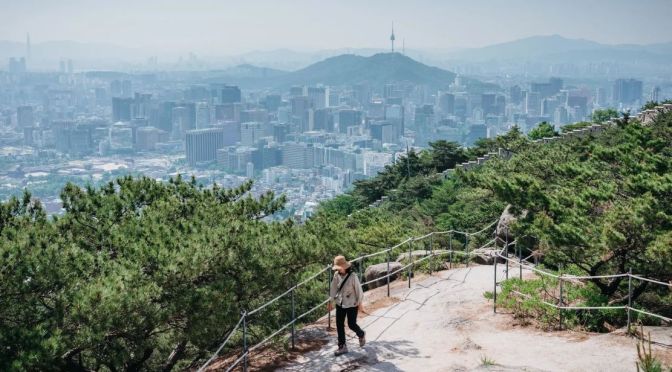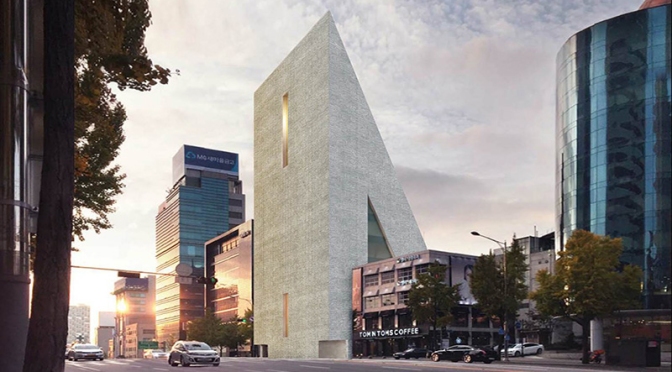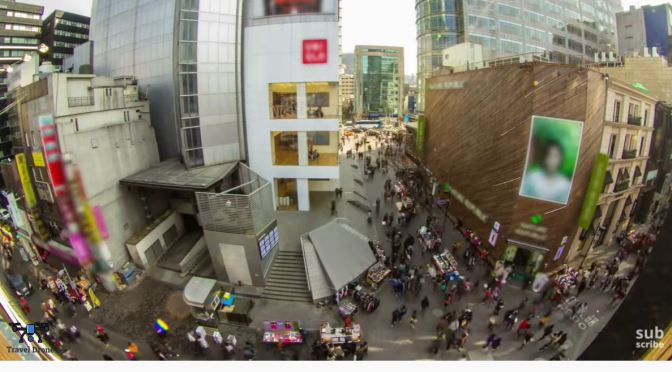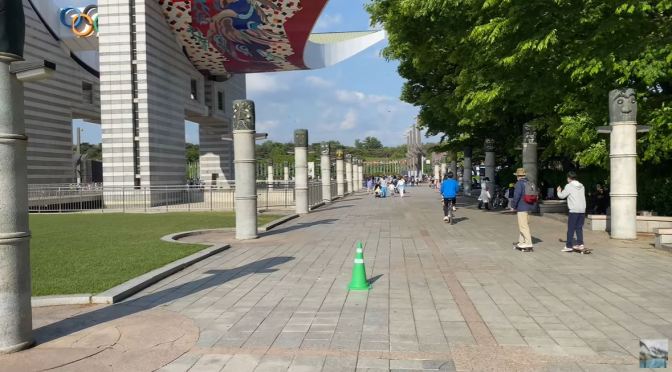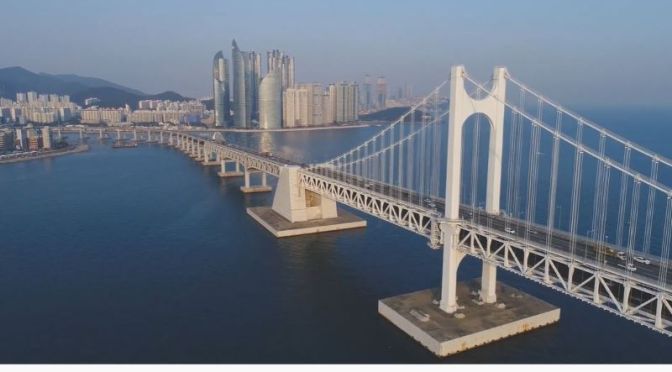
Zadar: A Loop Through History

A nearly two-mile walk circumnavigating Zadar’s Old Town is a journey across a timeline that spans nearly every stage of Croatian history. And it’s a long history, dating back to the 9th century B.C., when the Liburnians first settled this peninsular spit of land on Croatia’s spectacular Dalmatian coast.

Start your stroll on the northwest corner of the peninsula at the Morske Orgulje, or Sea Organ: a set of 35 pipes spread under a 230-foot section of the city’s seaside promenade, known as the Riva. Awarded the 2006 European Prize for Urban Public Space, the Morske Orgulje plays beautifully discordant melodies as the Adriatic laps the stone and pushes air through the pipes beneath — converting the walkway into an invisible, ethereal orchestra.

Marrakesh: A Spider Web of Passageways

The wail of snake charmers’ horns will lead you to your departure point: Jemaa El Fna. This carnivalesque, open-air market in the medina — the ancient neighborhood where Marrakesh was born — brims with juice stands, restaurants and souvenir shops, to say nothing of musicians and performers.

Before you embark on this meandering 2.2-mile walk, you should have water and sunscreen (summer temperatures can pass 100 degrees Fahrenheit in this Moroccan city); outfits that cover most of your skin (doubly useful in Islamic societies, which discourage revealing clothes); and a willingness to lose your bearings. Nearly twice the size of Central Park, the medina enfolds a vast spider web of passageways that seem designed to disorient outsiders.
Seoul: Following the Fortress Wall

To walk along the Seoul City Wall is to walk in the footsteps of scholars of bygone centuries, trace scars of war and take in the modern behemoth of a city built around it all. Its history stretches back to 1396, to when present-day Seoul first became the capital of what was then a kingdom called Joseon.

Then, the wall encircled an area that’s but a small fraction of today’s sprawling city, incorporating the slopes of the four mountains that afforded natural fortification. Like Seoul itself, the wall has been destroyed and rebuilt several times — and after restorations in recent decades, it’s become a popular urban walk.

